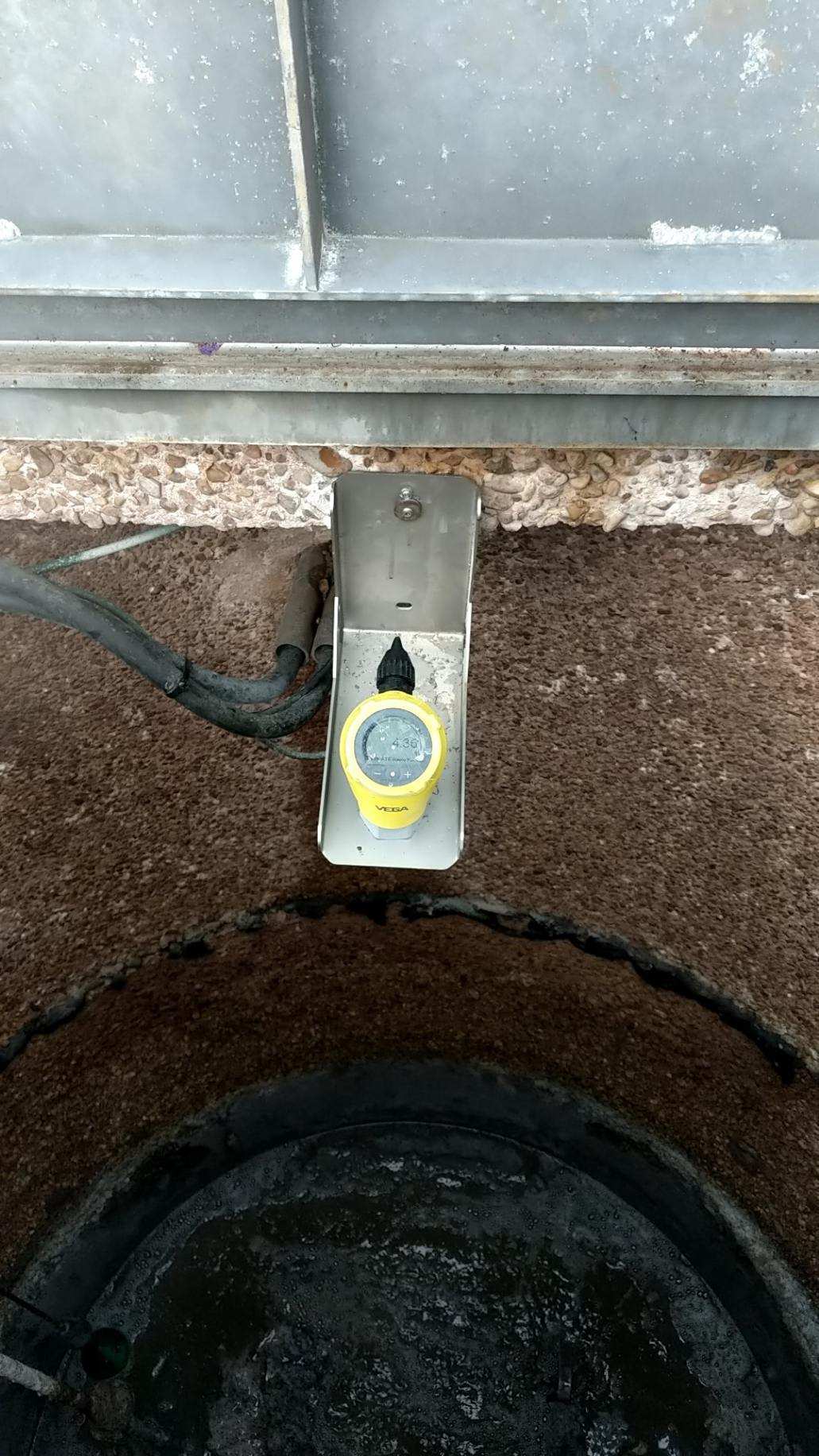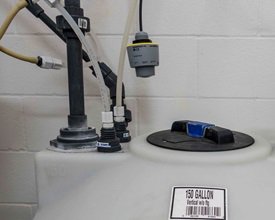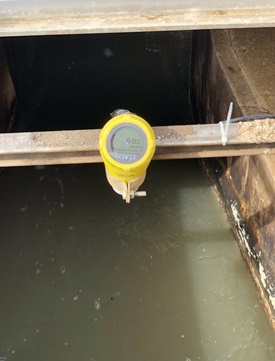How three municipalities are changing the game with better level measurement technology |
Wastewater collections systems, treatment plants, and drinking water facilities are experiencing an awakening as new level measurement technology is increasing the safety and simplicity of widely-used processes found in every wastewater treatment plant in the United States. Radar sensor technology is making waves across the industry, proving to be more accurate and more reliable than instrumentation used in the past.
Wastewater treatment plants have traditionally relied on ultrasonic transmitters, bubblers, and floats. Each of these technologies were once considered cutting-edge, but in today’s world of doing more with less, they require far too much maintenance to keep them working properly. As radar technology has become more prolific, it’s also become more affordable and cost-effective for wastewater treatment plants of any size.
1. Lift stations in Louisiana

More than 43,000 people in southern Louisiana rely on 160 lift stations to move wastewater to four treatment plants. These lift stations are scattered across their vast collections system, and every lift station uses sensors for level measurement and pump control. One particularly shallow well was using an ultrasonic transmitter in combination with a submersible pressure sensor.
With the current setup, pumps were short cycling, running for roughly two seconds per cycle, which caused inefficiencies and put unnecessary wear and tear on the pumps. To remedy the situation, operators tried a new VEGA radar sensor, the VEGAPULS 31, paired with a VEGAMET 861 controller.
The VEGAPULS 31 is an 80 GHz radar sensor for non-contact continuous level measurement. The radar’s higher frequency means the sensor has a much narrower beam angle, allowing it to only measure the surface of the water and avoid other obstructions in the well. The higher frequency also allows the radar to measure through the light foam often found in lift stations everywhere. Specialized electronics inside the housing ensures the radar provides accurate and reliable measurements even when condensation forms on the radar antenna.
2. The fluoride tank in Eagan, Minnesota
Municipalities across the United States and around the world add fluoride to drinking water to reduce tooth decay. Just outside of Minneapolis, a small city keeps a day’s supply of fluoride in a single 150 gallon polypropylene tank. Installed on top of the tank, an ultrasonic transmitter measures the level to monitor inventory and ensure a steady supply of fluoride.

Operators had never been able to maximize the use of the fluoride day tank because of the way ultrasonic technology works. The installed transmitter had a near zone, or “dead band,” spanning 12 inches directly below it, so the tank could never be filled to the top. Plus, condensation on the sensor routinely caused measurement errors. Replacing the ultrasonic transmitter with an 80 GHz radar sensor – the VEGAPULS C 21 – eliminated these problems, and installation was easy.
All radar sensors use microwaves, which, unlike the sound waves used by ultrasonic transmitters, can penetrate the polypropylene material the vessel is made of. This feature let the installers simply hang the radar above the tank and make a measurement without ever opening the vessel or creating a new process connection. They connected the VEGAPULS C 21 to a VEGAMET 841 controller for a bright, simple display operators could see at a glance.
3. Influent flow in Illinois

A suburban municipality in Illinois treats wastewater for a population of about 63,000 people. Like all wastewater treatment plants, the facility is required to track and report the influent and effluent flow of water. To do this, the Wheaton Sanitary District uses an ultrasonic transmitter to calculate a level-based flow measurement in a 36” Parshall flume.
This measurement is out in the open and susceptible to fluctuating temperatures, condensation, and even spider webs, all of which can cause measurement errors with ultrasonic transmitters. Installing an 80 GHz VEGAPULS 31 bypassed all of these issues because radar microwaves are immune to any change in temperature, and the narrow radar beam and state-of-the-art software are able to ignore condensation and spiderwebs that would otherwise impede the signal. Thanks to the new radar sensor and its more reliable, consistent measurement, operators have a better idea of how much water is entering the plant.
A revolution in progress
No two collections systems, water treatment, or wastewater treatment plants are identical, but many of them use similar processes requiring similar measurements. Operators need reliable measurements to keep pumps running smoothly, maintain inventory of important chemicals and additives, and measure how much water is moving through their wastewater treatment facility.
VEGA’s newest generation of VEGAPULS radar level sensors provide the reliability and accuracy operators need for roughly the same price as an ultrasonic device. Each new radar is easily set up and configured using a secure Bluetooth connection with a laptop, smartphone, or tablet. And once installed, these sensors operate maintenance free.
The VEGAPULS 11, 21, and 31 make non-contact measurements in a compact housing. The VEGAPULS C 11, C 21, C 22, and C 23 make the same measurements in an IP66/IP68 housing, meaning it will continue to operate even after being submerged in water. All of these sensors were specifically designed for water and wastewater applications, and as radar technology continues to proliferate in treatment plants everywhere, an improvement in operations will follow.
Related products
Export this article
Download as PDFShare this article
Comments ({{comments.length}})
{{getCommentAuthor(comment, "Anonymous")}} {{comment.timestamp | date : "dd.MM.yyyy HH:mm" }}
{{comment.comment}}

